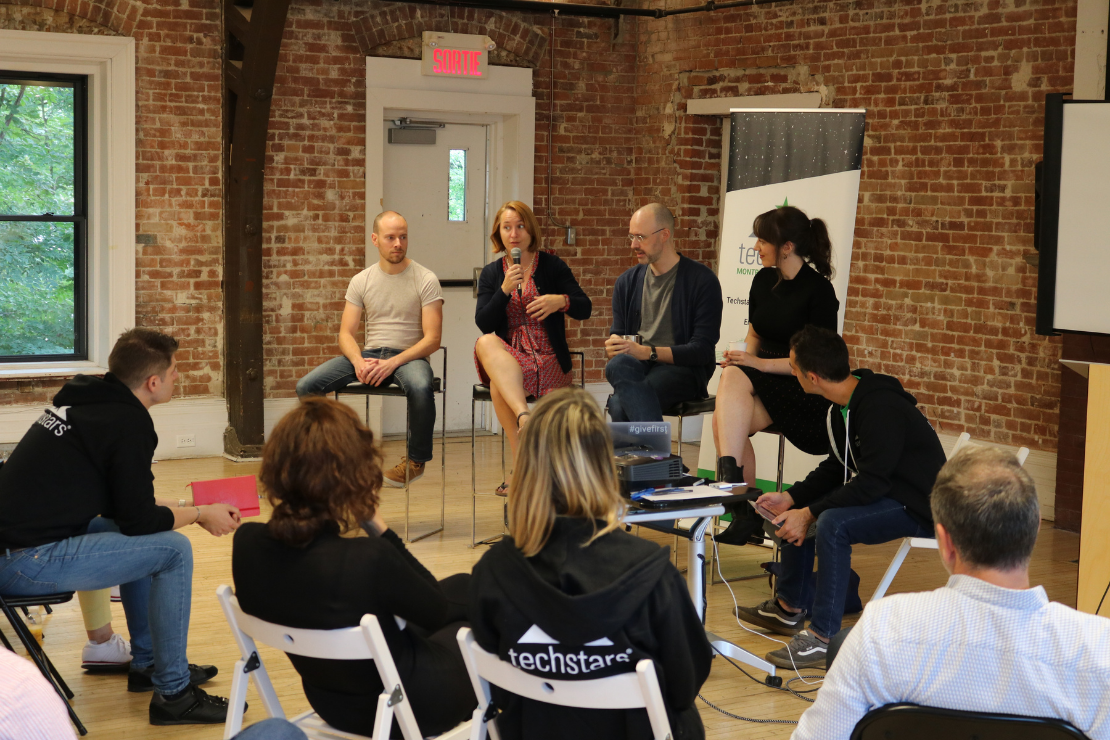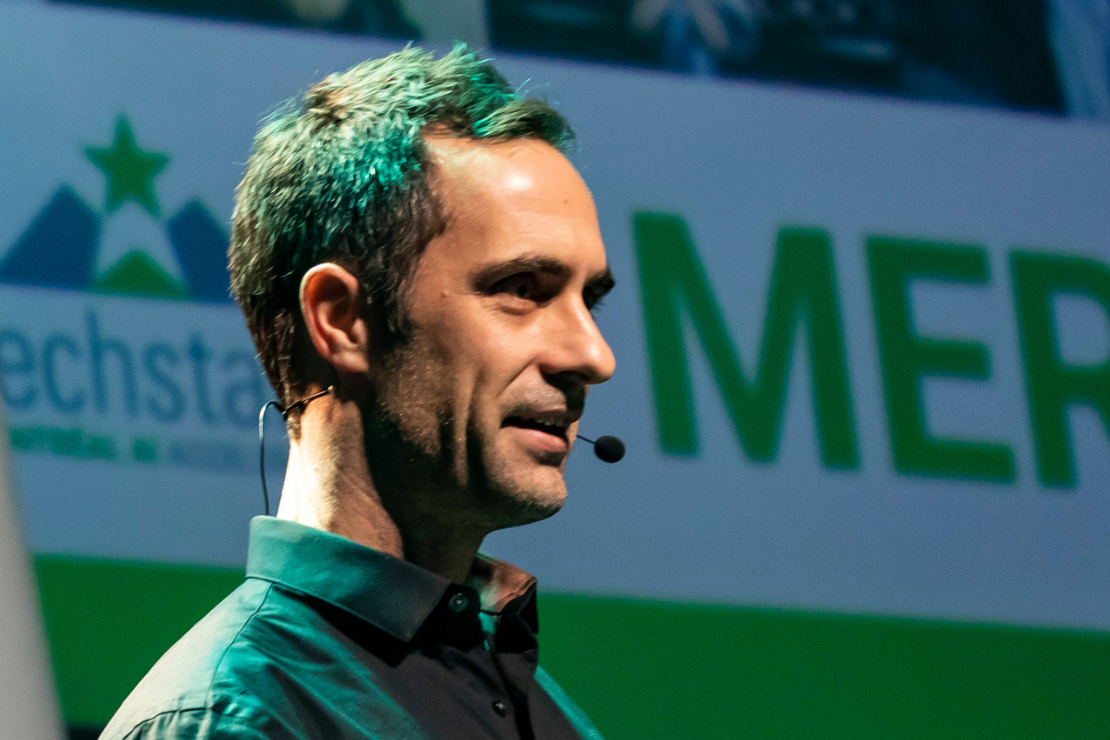5 Takeaways From Working With 30 AI Startups
May 03, 2021

By Bruno Morency, Managing Director of the Techstars Montréal AI Accelerator
Building a startup with AI at its core brings unique challenges compared to traditional tech startups. As I’m heading into selection of the fourth Techstars Montréal AI cohort, I wanted to share some of the insights I’ve gained from working with the 30 AI startups that went through the program since it started in 2018. It wasn’t easy to sum up these trends into a short list of takeaways, but here are five main things that stand out.
Applications for Techstars Montréal AI 2021 are open until May 12. Apply here or read more about it in English ou en français.
01. Confusion
Get outside tech groups and you’ll quickly notice people are genuinely confused about what AI can and can’t do well. And I’m not even talking about potential commercial applications that may come in ten years from the latest research, I’m talking about today. Sure, people get that it’s not magic, but so few understand how it isn’t.
This matters because where there is confusion there will be fear. We could even argue such fear of AI is justified, but that’s a topic deserving its own post. Failure to address that confusion will encourage people, whose collaboration is required for success, to reject your product. The fear of what it might do will outweigh the potential benefits.
What can you do about this? Talk about the end goal. Is it about making a process much faster, more reliable, or cheaper? Is it about doing way more with the current workforce? Is it the opportunity to finally do something we could never get enough resources to do?
Once there’s a shared desire for that end goal, you can get into how you suggest achieving it. Explain why and how AI is a key element and be transparent about its implications: what data needs to be collected, the pros and cons, what will change and what won’t. Don’t sell your product as magic pixie dust that will make any dream come true because it is “AI-enabled”.
02. Explainability
A black box model may work for internal projects. However, if you’re selling a model customers will use to automate important decisions, they will want to understand what’s happening inside that box.
Being able to explain why and how your AI product got to its output will help customers gain confidence and help adoption. However, if you’re selling into regulated industries, it’s more than a nice to have, it’s a must have. This is true even if you have experiments that show your AI is better than trained experts at a given task. If you can’t explain why, good luck convincing people to blindly trust it beyond that experiment.
03. Starting As “Pure Play” Is Really Hard
Products built on an AI model aren’t just “code & deploy.” Your first model is likely based on a limited dataset and won’t be robust enough to replicate the same accuracy in production. The consequence is that as much as you want to be a pure product company, there will be an awkward period where your first customers are Frankenstein deals that mix elements of consulting, partnership, and product.
It’s ok, you need early customers to expand your dataset and your model needs to get real life experience. But be careful, this isn’t an excuse to skip the customer discovery work required to make sure you’re building something that can be sold to many customers. Also, don’t expect potential investors to be excited about this revenue. The reason you go through this phase is to enrich your dataset and make your model more robust. This isn’t about early revenue metrics. Keep your focus on becoming a real product company and push into this direction as hard as possible.
04. Data Ownership
Proprietary data is great but odds are you’re getting into situations where you’re working with data shared by early customers. This data is hopefully shared with you on a perpetual and royalty-free license. Ownership of the data itself aside, make sure you claim exclusive ownership on labels, transformations, and the models trained on that data. In other words, the data supplied may not be yours but all the work required to make it useful to train an AI model, and the model itself, is your IP and yours alone.
You will likely have prospective customers ask that any model you build using their data be restricted to their exclusive use. Push back hard on that ask. Make sure they understand that 1- you’re not sharing the data with other people, only the models, and 2- they will benefit a lot more from a model trained on all the data you can get vs. a model trained solely on their data.
This is in the realm of legal documents. Put all of this in signed legal agreements. Work with a good IP lawyer that understands data ownership and AI well to draft & review these documents.
05. Human In the Loop
It’s the secret behind so many successful AI startups. I never liked the fake it ’til you make it advice but in this case, embrace it. Don’t wait until your AI can do all that you envision it to do before you put it in the hands of customers. Keeping lots of steps done by humans rather than AI allows:
quicker validation of the business model and the need for your product;
a better understanding of how users will interact with the product as you gather the more nuanced and qualitative feedback;
faster iterations as you figure out the right entry point and exit point of your product (where it pulls data and usage from, where it presents its output);
shortcomings of the early version of your AI model to be detected and addressed internally.
Once you de-risked the basics, you understand how people will use it, and the quality of your model improves, the timing is right to progressively replace manual portions with AI.
Do you agree with these points? Did I miss anything? Tell me on Twitter @brunomorency.
About the Author

Bruno Morency
Bruno Morency is Managing Director of the Techstars Montreal AI Accelerator. He invests in early-stage startups to help them do more faster. Before Techstars, Bruno spent his whole professional life in tech startups, among them Context.IO, an API that makes it easy and fast for developers to integrate email data in their applications, which was acquired by Return Path.

